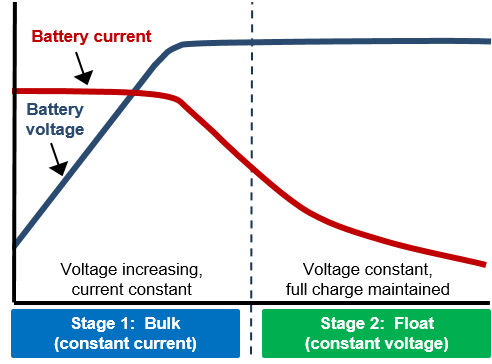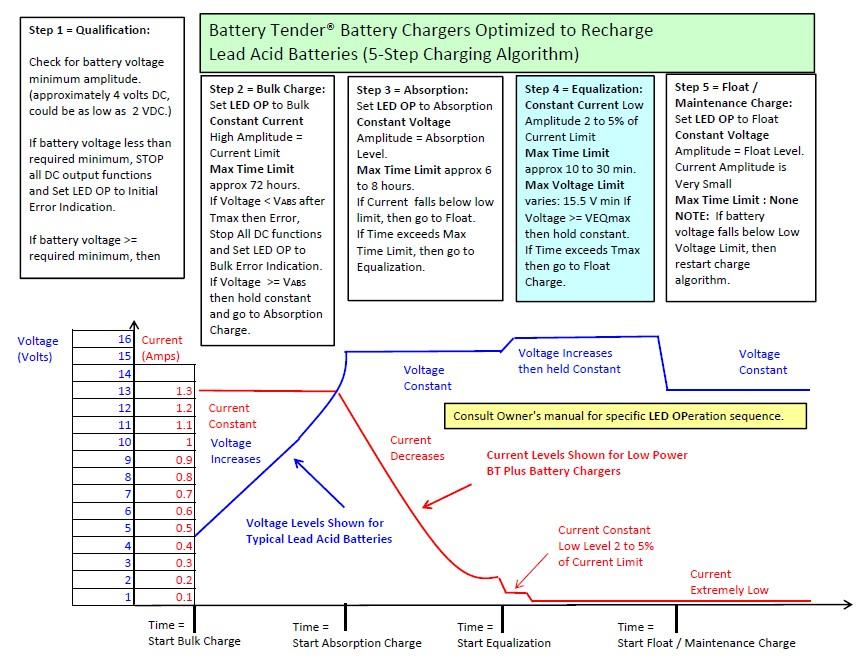Get Battery For Charging. Find Instant Quality Info Now! Miglior Prezzo per acquistare oggi Battery Charging. The most exciting work published in the area of energy materials at Nature Communications.
Read new articles each month on energy storage, electrocatalysis, fuel cells and more. A constant voltage does what the name implies and provides a constant voltage to the battery. These types of chargers are generally cheap and simple.
A car battery doesn’t need a full charge, and although it will provide a lot of power, it won’t go as long as a forklift battery. Conventional charging.
Charging a forklift battery overnight for 8-hours to achieve a full charge is known as conventional charging. This process always involves charging the battery to 1percent for whatever its state of charge may be. Hydrogen, an explosive gas, is produced when a lead acid battery is charged. This is true battery charging of all chemistries, including those mentioned In this blog: lead-aci nickel-metal hydride, nickel-cadmium and lithium-ion variants.
In this blog, we will be discussing the optimum charging procedures for 12volt batteries. In some applications the charger is designed to switch to trickle charging when the battery is fully charged. Used for emergency power back up systems.
Using a constant current charger is one of the more effective ways to charge many different types of batteries. The most common types that are best charged with a constant current include lithium-ion, nickel-metal-hydride, and nickel-cadmium. Not all types of these batteries require a constant charge. Rechargeable batteries for use with consumer electronic products are of four basic types : Nickel-cadmium (Ni-Cd), Nickel metal hydride (Ni-MH) Lithium-ion (Li-Ion).
Lithium polymer (Li-Po) Although these four types of batteries will not look much different from the outside, there are significant differences among them. Also, if the wrong battery charger is used for powering up lead acid cells, then the device may poorly perform or fail entirely.
The absorption voltage range from 14. Gel cells are not as common as other batteries like AGM, but they are popularly used in wheelchairs, trolling motors, and RV cycles. A battery charger, or recharger, is a device used to put energy into a secondary cell or rechargeable battery by forcing an electric current through it. The charging protocol depends on the size and type of the battery being charged.
Some battery types have high tolerance for overcharging and can be recharged by connection to a constant voltage source or a constant current source, depending on battery type. Level chargers range from chargers installed in consumer garages, to relatively slow public chargers. They can charge an electric car battery in 4–hours.

The two main methods used to charge batteries are constant current charging and constant voltage charging. The method used depends on the characteristics of the battery.
In constant voltage charging, the charger voltage is held constant. The amount of current drawn by the battery will depend on its state of charge.

Let us have a quick look at the major types out there. Types of chargers 1. These are the most common standard chargers used by people. The battery charging circuits shown here for nickel cadmium or nickel metal hydride batteries control the current into the battery but do not detect when full battery charge is reached.

The first circuit, Constant Current Battery Charger (Figure 7), is built around a flyback configuration. Float charging charges the battery for a while and waits until a preset voltage is reached. It charges the battery to full again Fast charging needs to be supported by chargers as ell.
Charging current: It is the maximum current that can be applied to charge the battery i. As the battery approaches full charge, some nickel-based chargers reduce the current to adjust to the lower charge acceptance. The fully charged battery switches the charger to trickle charge, also known as maintenance charge. Most of today’s nickel-based chargers have a reduced trickle charge to also accommodate NiMH.
Lead-acid batteries are rechargeable—the ones in our cars charge up using a little generator connected to the engine, called the alternator. That’s why when you’ve left your car lights on and the battery’s gone flat it’s advisable to drive around for a while after getting the jump-start to give the battery time to charge up again.
Nickel-Cadmium Batteries The nickel–cadmium battery (NiCd battery or NiCad battery) is a type of rechargeable battery which is developed using nickel oxide hydroxide and metallic cadmium as electrodes. Ni-Cd batteries excel at maintaining voltage and holding charge when not in use. Aggravated Battery. In some states, aggravated battery can be charged only if the intent to do serious bodily harm can be proven.
This includes a loss of a limb, burns resulting in permanent disfigurement, and the loss of sensory functions.
Nessun commento:
Posta un commento
Nota. Solo i membri di questo blog possono postare un commento.